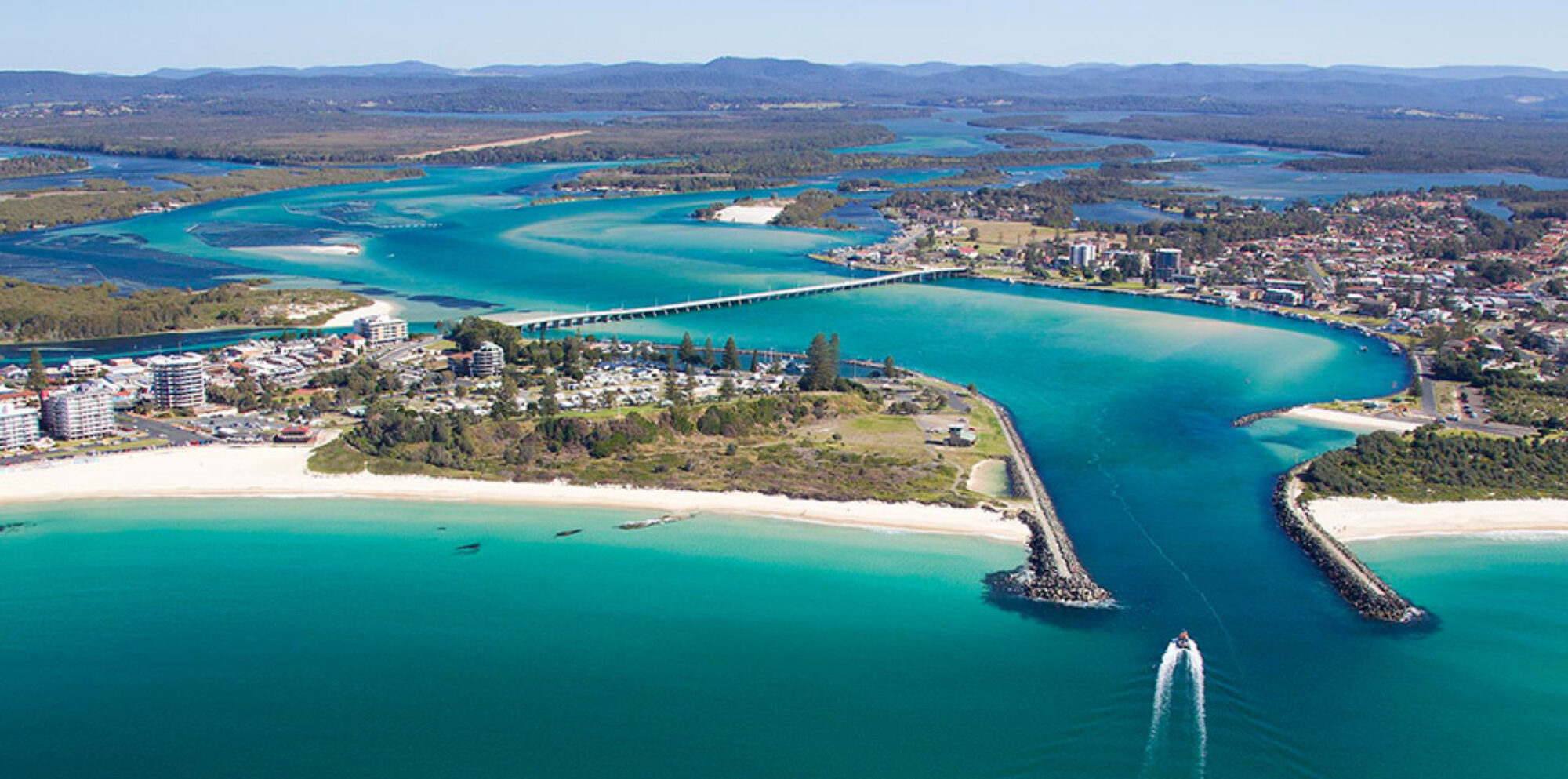When camping, we may be faced with having to source our own water, away from the taps that we are used to and take for granted. When accessing natural water sources, although they may look clean it is important to think about the conditions that this water may have travelled from upstream.
Are there farms or heavy industry? Are there animals like cows that may have died and ended up in the water?
Ensuring that the water we access is clean can be very important in avoiding bacterial infections, viruses or parasites that can have long term effects on our health. The most basic way of purifying water is to boil it. The high temperature will kill bacteria and other organisms. The method recommended it to boil water for at least 10 minutes before allowing it to be cooled down before drinking.

Using a filter or chemical method of purifying water can be another alternative in cases where it is not practical to boil water for that amount of time, such as on long hikes where a lot of water is needed.
When we talk about filtration and purifying water we are talking about some mechanism to remove/disable impurities through the use of a fine physical barrier, a chemical or biological process with the aim of getting the water to a specified water quality. The most common forms of water purification methods used for hiking fall into the following categories. Click on each to see examples.
- UV Light – These devices purify water through an ultraviolet light which kills pathogens, including viruses.
- Gravity Filters – These filters use gravity to force water though a filter.
- Pumps – These filters clean water by pumping it through a fine filter that will trap most, but not all microbes.
- Chemical (liquid or tablets form) – Chemicals that kill living organisms in the water. This can be as simple as putting one tablet in 1 litre of water and waiting for 30 minutes.
- Straw Filters – These filters pass water through a filtration that treats the water as you drink
